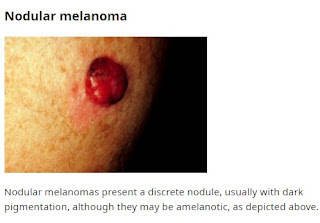Erythromelalgia: A Rare Disorder That is Difficult to Diagnose
.jpeg)
Erythromelalgia is a rare, acquired or (very rarely) inherited clinical syndrome of intermittently red, hot, painful extremities. The syndrome usually affects the lower extremities (predominantly the feet) but may also involve the upper extremities (predominantly hands) and rarely concomitantly involves the face. Patients instinctively try to relieve symptoms by cooling the involved areas with fans, cold water, or ice. There is no cure for erythromelalgia; therefore, treatment is focused on improving symptoms. Many patients can be successfully managed with behavioral interventions, topical medications, and aspirin. Other interventions may be beneficial when these measures are insufficient. The epidemiology, clinical features, diagnosis, and management of erythromelalgia will be reviewed here. EPIDEMIOLOGY Epidemiologic data on erythromelalgia is limited, but erythromelalgia appears to be rare. Population-based studies from the United States, Sweden, and Norway have found incidence ...

